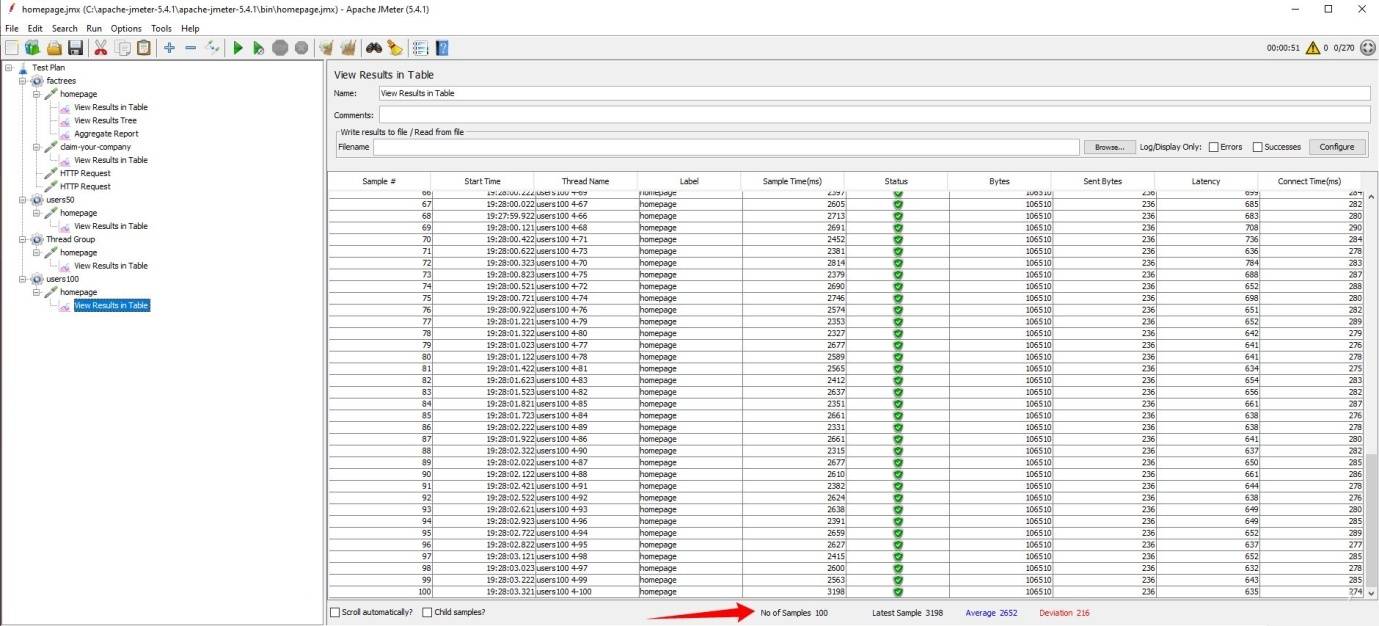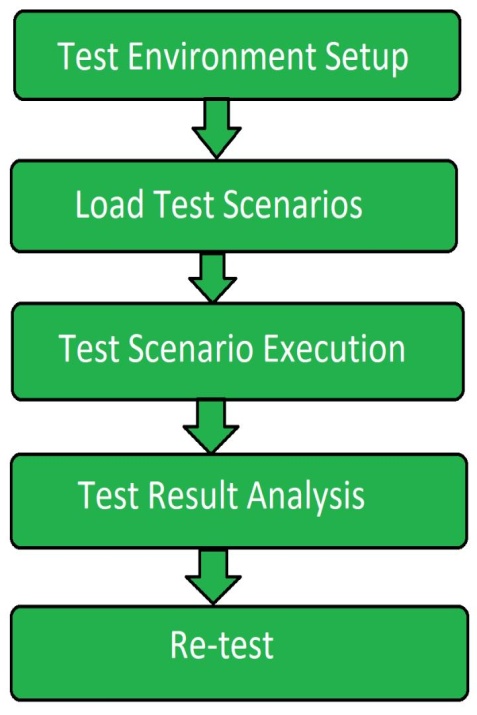Why Load Testing Is Important In software application
What is load testing and why it neededLoad Testing
Load Testing is a type of non-functional software testing,the process in which the performance of software application is tested under a specific expected load.
It determines how the software application behaves while being accessed by multiple users simultaneously
This load testing software solution is designed to be used in both mobile as well as web applications. Load can be used to monitor infrastructure behavior and simulate the user activity in a realistic manner
How to Conclude Performance Test using tool
Test performance criteria changes during each test undergoes different load conditions. need to test what is your acceptable load limit and whether your server can serve this load.
For example
Why Need Load Testing?
- Load testing gives confidence in the system & its reliability and performance.
- Load Testing helps identify the bottlenecks in the system under heavy user stress scenarios before they happen in a production environment.
- Check Performance of System components under various loads
- Check Server configuration issues like a Web server, application server, database server etc
- Check Performance of Database components under different loads
- Check Hardware limitation issues like CPU maximization, memory limitations, network bottleneck, etc.
- Check Network delay between the client and the server
- Check Response time for each transaction
Website Performance Measuring points
- How many website visitors can your website handle in a day or an hour or a minute?
- How many users can work simultaneously on your website with an acceptable quality of service?
- What is your website response time under specific load?
Following are the checklist of An environment needs to the load testing:
Hardware Platform
- Server Machines
- Processors
- Load Machines configuration
- Network configuration
- Memory
- Disk Storage
Software Configuration
- Operating System
- Server Software
Load Testing Process:
Advantages of Load Testing:
- test the sustainability of the system or software application.
- It helps in the minimization of the risks related to system downtime
- Load Testing improves the scalability of the system or software application..
- Load testing reduces the costs of failure of the system.
- It increases customer’s satisfaction and deliver bug free software
- Load Testing helps to build strong and reliable systems.
Disadvantages of Load Testing:
- The Load testing tools is costly
- To perform load testing the tester know the programming knowledge.
- Tester have a perfect load testing knowledge
Load Test Architecture
we have a Load balancer which distributes the load to any of the web servers, and then passes to the application server and later to the database server where it fetches the necessary information based on the user request
Following are the list of scenarios of load testing
- Browse – the user launches the application, Logs into the application, Browses through different categories and Logs out of the application.
- Browse, Product View, Add to Cart – Here, the user logs into the application, Browses through different categories, views product details, adds the product to cart and Logs out.
- Browse, Product View, Add to Cart and Check out – In this scenario, the user logs into the application, Browses through different categories, views product details, adds the product to the cart, does check out and Logs out.
- Browse, Product view, Add to cart Check out and Makes Payment – Here, the user logs into the application, Browses through different categories, views product details, adds the product to the cart, does check out, makes Payment and Logs out.
Features of Performance Testing:
Software testers conduct performance tests to validate the performance of the product and to ensure that it functions accurately and as per the requirements of the client under various conditions and workloads. Performed after the culmination of software development, performance testing is considered to be an integral part of STLC. Therefore, following are some of its crucial features are:
- It tests the system under a mixture of load conditions, where the required response time is tested by the system under varying workloads.
- Performance testing involves testing of software under test (SUT) to ensure that application is working as expected under variety of load conditions.
- The goal of this testing is not only to find the bugs in the system but also to eliminate the performance bottlenecks from the system and to ensure that the system performs as per the expectations of the client.
- Helps the team meet the performance criteria of the product.
- Identifies issues and areas that impact the performance of the software.
- Helps measure the average response time.
- It can be performed either manually or with the assistance of automated tools.
Some Common Issues in Performance:
The process of performance testing revolves around the quality and effectiveness of application and software’s scalability, speed and stability. Throughout the execution of testing, each of these elements of the software are monitored, which makes sure that the application or the software performs properly. However, while executing performance testing developers and testers come across various issues and discrepancies, which makes the whole process time consuming and difficult. Hence, here is a list of some common issues found during the process of testing the performance of an application.
- Software has poor response time.
- It requires long load time.
- The scalability of the software or application is poor.
- Has software configuration issues for the web server, load balancers, databases and more.
- There are operating system limitations.
- The software that requires performance testing has poor network configuration.
- It has insufficient hardware resources.
Mobile Application Performance Testing Challenges






